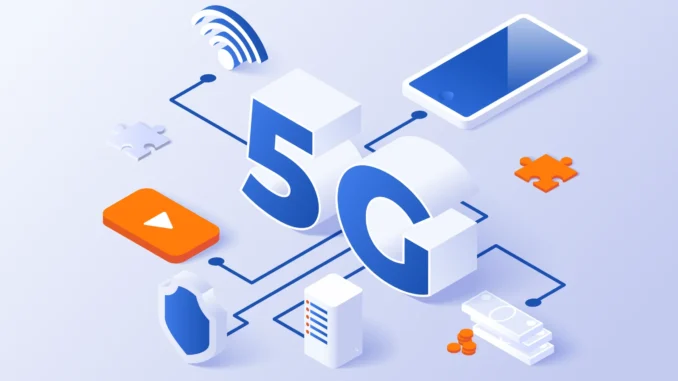
The transition to 5G networks represents a significant shift in telecommunications technology, necessitating upgrades across various layers of network architecture, from the radio access layer to core networks, devices, and security protocols.
This transition involves substantial investment and innovation but promises enhanced performance, lower latency, and greater flexibility for a wide range of applications, including IoT, smart cities, and autonomous vehicles.









The deployment and operation of 5G technology require a combination of advanced hardware, software, and network infrastructure. Here are the key technology requirements for 5G:
### 1. **Radio Access Network (RAN)**
– **Millimeter Wave Frequencies**: 5G utilizes higher frequency bands (e.g., 24 GHz, 28 GHz, 39 GHz) to offer higher data rates and increased capacity.
– **Massive MIMO (Multiple Input Multiple Output)**: Antennas that increase capacity and spectral efficiency by using many more antennas at the base station.
– **Beamforming**: Technology used to focus a wireless signal towards a specific receiving device rather than broadcasting it in all directions.
– **Small Cells**: Increased use of small cell infrastructure to improve coverage, especially in urban areas.
### 2. **Core Network**
– **Network Slicing**: Virtualization technology that allows multiple virtual networks to be created on a single physical infrastructure, tailored for different use cases.
– **Software-Defined Networking (SDN)**: A network management approach that allows the network to be centrally controlled through software.
– **Network Function Virtualization (NFV)**: The decoupling of network functions from hardware, allowing them to run on virtual machines or cloud infrastructure.
### 3. **Backhaul and Transport**
– **High-Speed Fiber Optic Networks**: For connecting small cells and RAN elements to the core network to handle increased data loads.
– **Microwave and Millimeter Wave Backhaul**: Alternative backhaul solutions that can transmit high-capacity data in dense urban areas.
### 4. **Edge Computing**
– **Multi-Access Edge Computing (MEC)**: Bringing computation and storage capabilities closer to the end-user to reduce latency and improve service efficiency.
### 5. **Device and User Equipment**
– **5G-Compatible Devices**: End-user devices (smartphones, IoT devices, etc.) that support 5G bands and protocols.
– **Chipsets**: Advanced chipsets that can handle the modulation and demodulation of higher frequency bands and advanced MIMO technologies.
### 6. **Network Standards and Protocols**
– **3GPP Standards**: Compliance with the standards set by the 3rd Generation Partnership Project (3GPP) for 5G, including Release 15 and later specifications.
– **New Radio (NR)**: The air interface specification for 5G wireless communication.
### 7. **Security and Privacy**
– **End-to-End Security**: Enhanced security frameworks to protect data transmission and user privacy.
– **Authentication and Authorization Protocols**: Advanced systems to manage access to network resources.
### 8. **Power and Efficiency**
– **Energy-Efficient Technology**: Components and systems designed to minimize power consumption to support sustainability goals.
– **Advanced Cooling Solutions**: To manage heat generation from new high-capacity equipment.
### 9. **Regulatory Compliance**
– **Spectrum Management**: Compliance with regulatory requirements for frequency use, advertisement, and performance standards.
– **Licensing and Planning**: Adhering to the necessary local and international regulations regarding telecommunications.


Leave a Reply